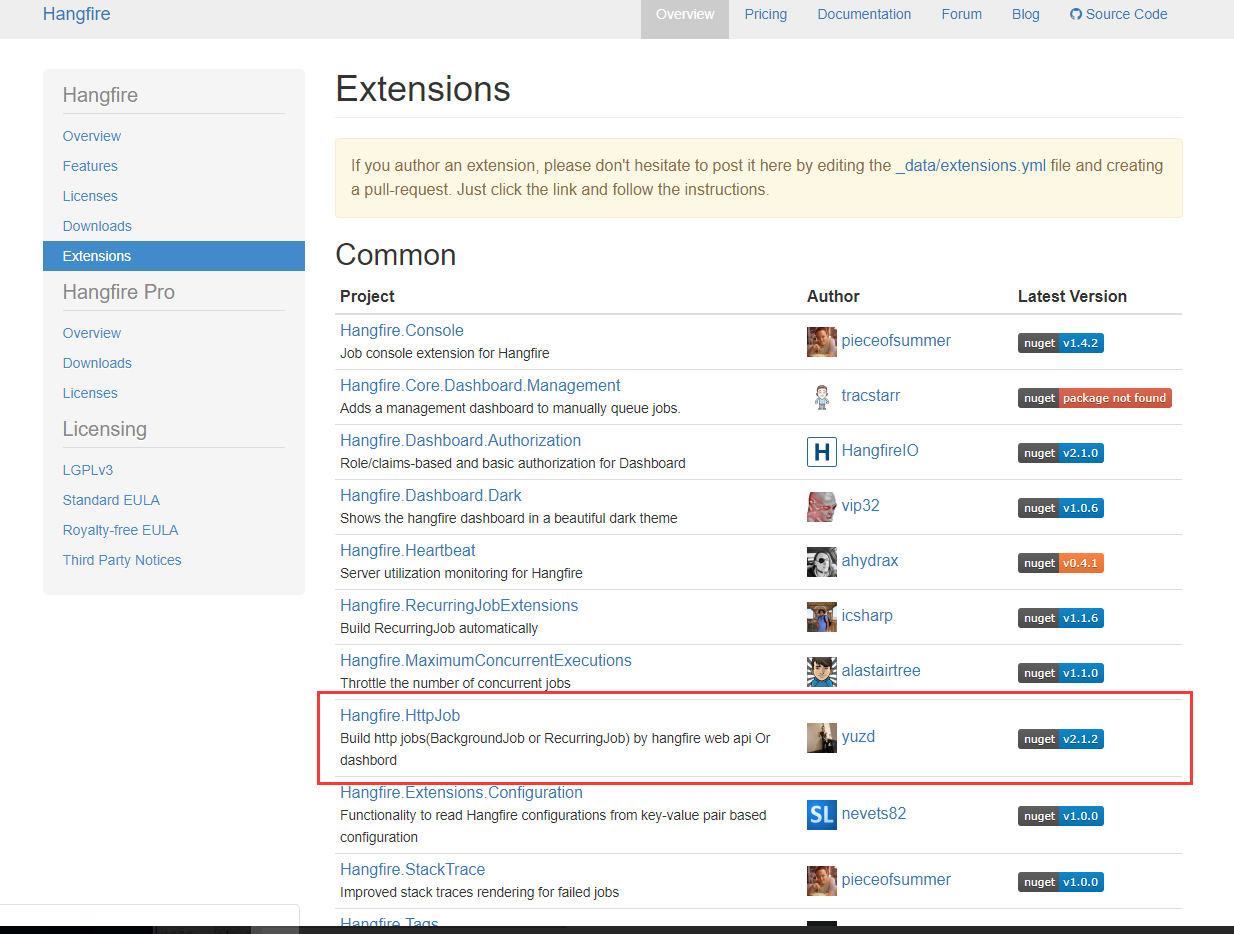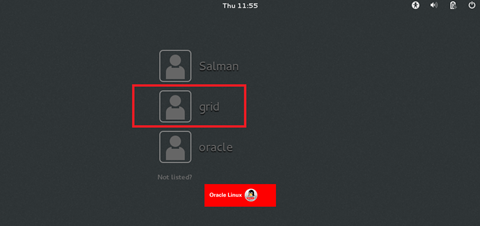我创建了一个WCF服务,并将其部署在服务器上。 当我浏览这个服务它给我?WSDL URL积极响应。 现在我想要测试通过WCF测试客户端服务。 它显示了正确的元数据。 但是,当我尝试从服务调用任何方法,它为我破例?这里有与堆栈跟踪埃罗细节..
HTTP请求是未经授权的客户端身份验证方案“匿名”。 从服务器接收到的认证标头是“协商,NTLM”。
服务器堆栈跟踪:
在
System.ServiceModel.Channels.HttpChannelUtilities.ValidateAuthentication(HttpWebRequest的请求,响应HttpWebResponse,引发WebException responseException,HttpChannelFactory工厂)
HTTP请求是未经授权的客户端身份验证方案“匿名”。 从服务器接收到的认证标头是“协商,NTLM”。
服务器堆栈跟踪:
在
System.ServiceModel.Channels.HttpChannelUtilities.ValidateAuthentication(HttpWebRequest的请求,响应HttpWebResponse,引发WebException responseException,HttpChannelFactory工厂)
客户端绑定:
<bindings>
<wsHttpBinding>
<binding name="WSHttpBinding_IServiceMagicService" closeTimeout="00:01:00"
openTimeout="00:01:00" receiveTimeout="00:10:00" sendTimeout="00:01:00"
bypassProxyOnLocal="false" transactionFlow="false" hostNameComparisonMode="StrongWildcard"
maxBufferPoolSize="524288" maxReceivedMessageSize="65536"
messageEncoding="Text" textEncoding="utf-8" useDefaultWebProxy="true"
allowCookies="false">
<readerQuotas maxDepth="32" maxStringContentLength="8192" maxArrayLength="16384"
maxBytesPerRead="4096" maxNameTableCharCount="16384" />
<reliableSession ordered="true" inactivityTimeout="00:10:00"
enabled="false" />
<security mode="None">
<transport clientCredentialType="Windows" proxyCredentialType="None"
realm="" />
<message clientCredentialType="Windows" negotiateServiceCredential="true"
establishSecurityContext="true" />
</security>
</binding>
</wsHttpBinding>
</bindings>
服务器绑定:
<bindings>
<wsHttpBinding>
<binding name="WSHttpBinding_SEOService" closeTimeout="00:10:00" openTimeout="00:01:00" receiveTimeout="00:10:00" sendTimeout="00:10:00" bypassProxyOnLocal="true" transactionFlow="false" hostNameComparisonMode="StrongWildcard" maxBufferPoolSize="999524288" maxReceivedMessageSize="655360000" messageEncoding="Text" textEncoding="utf-8" useDefaultWebProxy="true" allowCookies="false">
<readerQuotas maxDepth="32" maxStringContentLength="900000" maxArrayLength="900000" maxBytesPerRead="900000" maxNameTableCharCount="900000" />
<reliableSession ordered="true" inactivityTimeout="00:10:00" enabled="false" />
<security mode="None">
<transport clientCredentialType="Windows" proxyCredentialType="None" realm="" />
<message clientCredentialType="Windows" negotiateServiceCredential="true" establishSecurityContext="true" />
</security>
</binding>
<binding name="WSHttpServiceMagicBinding" closeTimeout="00:10:00" openTimeout="00:01:00" receiveTimeout="00:10:00" sendTimeout="00:10:00" bypassProxyOnLocal="true" transactionFlow="false" hostNameComparisonMode="StrongWildcard" maxBufferPoolSize="999524288" maxReceivedMessageSize="655360000" messageEncoding="Text" textEncoding="utf-8" useDefaultWebProxy="true" allowCookies="false">
<readerQuotas maxDepth="32" maxStringContentLength="900000" maxArrayLength="900000" maxBytesPerRead="900000" maxNameTableCharCount="900000"/>
<reliableSession ordered="true" inactivityTimeout="00:10:00" enabled="false"/>
<security mode="None">
<transport clientCredentialType="Windows" proxyCredentialType="None" realm=""/>
<message clientCredentialType="Windows" negotiateServiceCredential="true" establishSecurityContext="true"/>
</security>
</binding>
</wsHttpBinding>
</bindings>
客户端的客户端部分:
<client>
<endpoint address="http://hydwebd02.solutions.com/GeoService.Saveology.com/ServiceMagicService.svc"
binding="wsHttpBinding" bindingConfiguration="WSHttpBinding_IServiceMagicService"
contract="IServiceMagicService" name="WSHttpBinding_IServiceMagicService" />
</client>
服务器的服务组:
<services>
<service behaviorConfiguration="GeoService.Saveology.com.CityStateServiceProviderBehavior"
name="GeoService.Saveology.com.CityStateServiceProvider">
<endpoint binding="wsHttpBinding" bindingConfiguration="WSHttpBinding_SEOService"
contract="SEO.Common.ServiceContract.ICityStateService" />
<endpoint address="mex" binding="mexHttpBinding" bindingConfiguration=""
contract="IMetadataExchange" />
</service>
<service behaviorConfiguration="GeoService.Saveology.com.ServiceMagicServiceProviderBehavior"
name="GeoService.Saveology.com.ServiceMagicServiceProvider">
<endpoint binding="wsHttpBinding" bindingConfiguration="WSHttpServiceMagicBinding"
contract="SEO.Common.ServiceContract.IServiceMagicService">
</endpoint>
<endpoint address="mex" binding="mexHttpBinding" bindingConfiguration="" contract="IMetadataExchange" />
</service>
</services>




